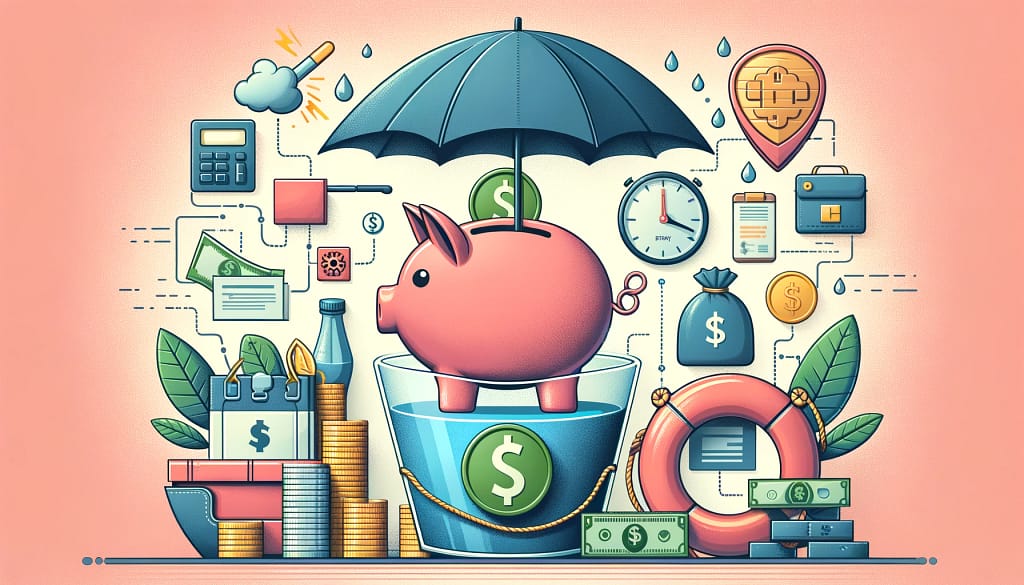
In today’s world, where financial uncertainties loom larger than ever, the significance of an emergency fund cannot be overstated. More than a mere financial recommendation, an emergency fund is a fundamental component of personal financial planning. This buffer serves as your first line of defense against the unexpected, from medical emergencies to sudden job loss. Through this guide, we aim to underscore the pivotal role of an emergency fund in preserving your financial stability and offer actionable strategies to cultivate this essential safety net.
The Critical Importance of an Emergency Fund
- Shield Against Unexpected Expenses: Life’s unpredictability can often lead to financial upheavals. An emergency fund acts as a financial shock absorber, enabling you to navigate through tough times without derailing your financial health.
- Enhancing Financial Security: The peace of mind that comes with having an emergency fund is invaluable. It affords you the luxury of making life decisions without the added pressure of financial constraints, contributing to a healthier, more focused approach to both personal and professional life.
- Debt Prevention: In the absence of an emergency fund, unforeseen expenses typically lead to reliance on credit cards or loans, ensnaring you in a cycle of debt and interest payments. A well-stocked emergency fund circumvents this, preserving your financial freedom.
Strategies for Building Your Emergency Fund
- Assess Your Financial Safety Net: Begin by evaluating your monthly expenses to determine an ideal emergency fund size. While the traditional recommendation is 3-6 months’ worth of expenses, tailor this figure to fit your unique situation, considering factors like job stability, health, and family obligations.
- Incremental Saving Approach: The journey to a substantial emergency fund starts with a single step. Even small, regular contributions can grow significantly over time. Consider setting up a dedicated emergency fund account where you can deposit a fixed percentage of your income or any windfalls.
- Expense Optimization: Scrutinize your monthly spending to identify non-essential expenses that can be reduced or eliminated. Redirecting even a fraction of these savings towards your emergency fund can significantly accelerate its growth.
Optimal Places for Your Emergency Fund
Choose a savings account with a competitive interest rate and no penalties for withdrawals. Accessibility is key; however, it should be separate enough from your main accounts to avoid the temptation of dipping into it for non-emergencies.
Advanced Tips for Emergency Fund Management
- Regular Reviews: Periodically assess your emergency fund in the context of your current financial situation. Life changes, such as a new family member or a change in living expenses, may necessitate adjustments to your fund.
- Investment Considerations: For those with a well-established emergency fund exceeding six months’ worth of expenses, consider diversifying with low-risk investments to further protect and grow your financial buffer.
Conclusion
An emergency fund is more than a financial buffer; it’s a cornerstone of a sound financial plan, offering both security and flexibility in the face of life’s uncertainties. Starting with what you can afford, regardless of how small, and gradually building up to a fund that can cover several months’ worth of expenses, is a journey well worth undertaking. Your future self will thank you for the financial foresight and stability provided by this indispensable resource.